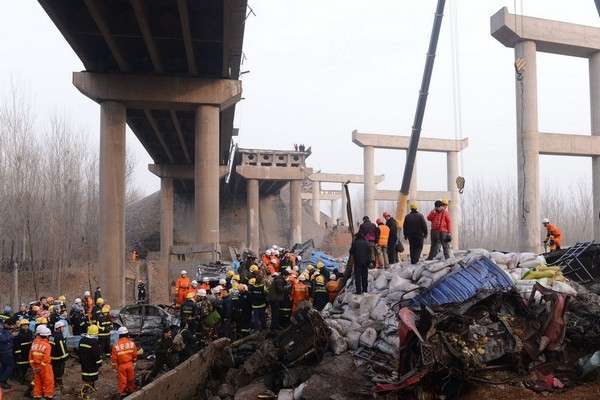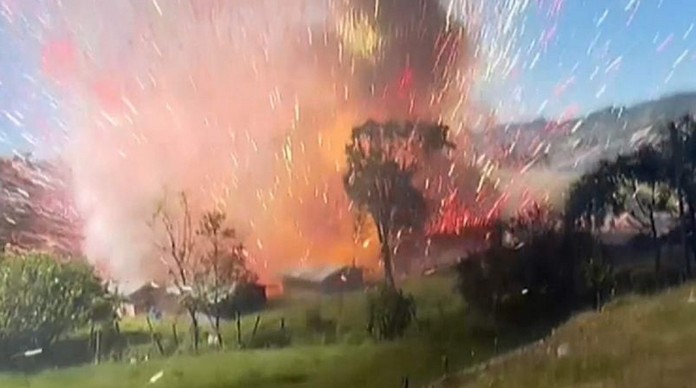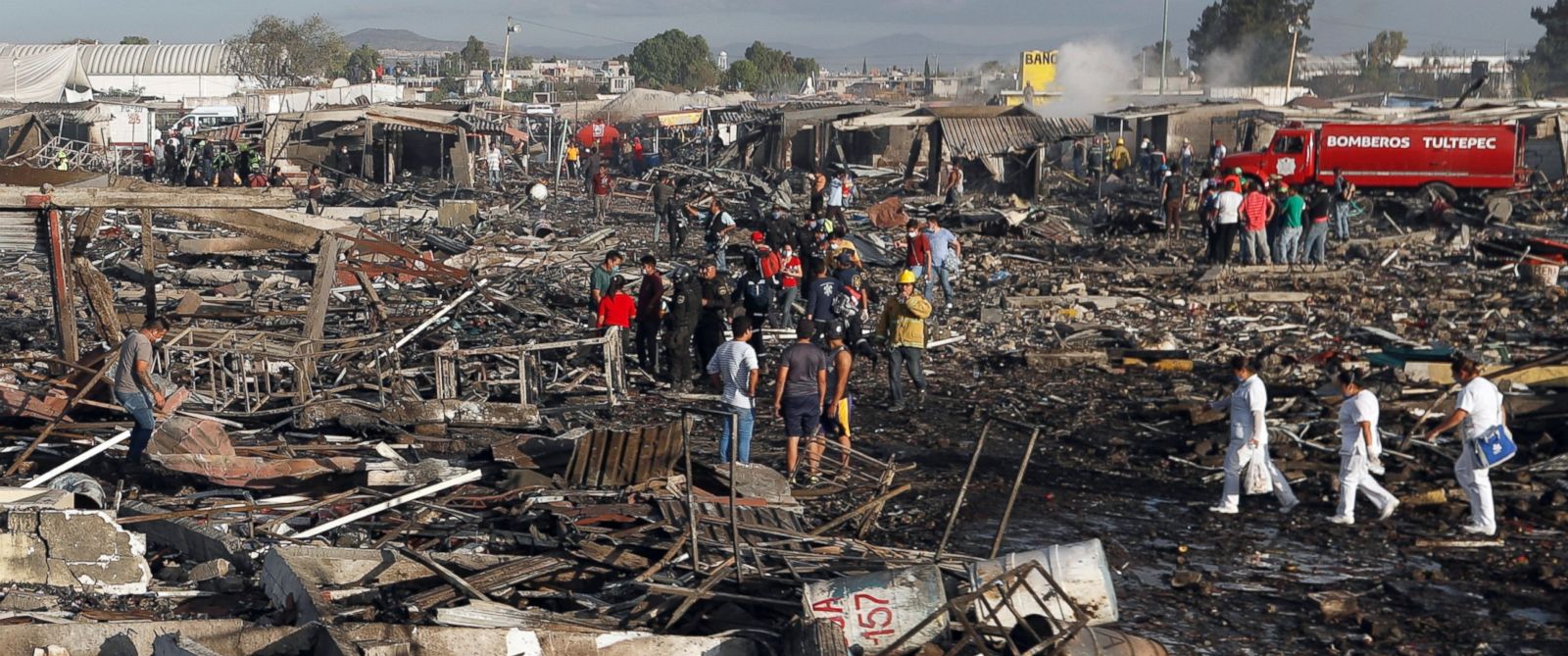


#Emergency 20 fireworks factory full#
The reasons for paying fines rather than undergoing criminal trial include the following, among others: the fines are comparatively low, the burden of proof is on the accused (in practice), the intensity and time factor of a full trial is onerous and the company's reputation is at risk. Cases from the 2006-2013period prove the consistency of such pattern. This study found that corporate entities have generally been willing to pay fines rather than undergo criminal trials under the Act. Scores of corporate entities have been prosecuted since the promulgation of the Act in 1994 the overwhelming majority of these entities charged under the Act pleaded guilty and paid fines. The Act provides for several forms of sanctions– imprisonment and fines –to punish wrongdoers, who are mainly corporate bodies. The hindsight gained from these negative events could be utilized by government and enterprises, particularly the safety and emergency managers, to design organizational structures that will help reduce the likelihood of disaster as a nation progresses.Īlthough the underlying philosophy of the Malaysian Occupational Safety and Health Act 1994 has always been self-regulatory, enforcement of the Act has relied on prosecution.

Originality/value – The paper substantiates and extends the developmental theory of disaster and systemic approach of disaster error.
#Emergency 20 fireworks factory windows#
Practical implications – Besides the negative impacts of disasters to the life and properties, they present rare windows of opportunity to learn from past mistakes, make improvements for the future and prepare to avoid future crises or minimize the impacts if they occur. Understanding of the development and causes of the disasters provides a tool for organizational and institutional diagnosis of vulnerability and risks. the vast majority of incidents could be foreseen early and could have consequently been prevented by proper application of existing experience and dissemination of learning from past events. Research limitations/implications – The disaster developmental and error model proposed was based only on three major fire disasters and future studies could corroborate the model using other types of socio-technical disasters. Ensuing these disasters, there were establishment of social entity, formulation of new legislations, or amendment of laws and regulations took place in the society. Emergency response was poor due to lack of knowledge on emergency response, inadequate safety and emergency planning and insufficient equipment. These latent errors accumulated within the organization during the incubation period. The onset was found to be caused by active errors while the underlying causes are attributed to the latent errors. Pre-disaster period is found to consist of four phases, namely, operation, incubation period, forewarning and activation. Findings – Data demonstrated that these disasters were not sudden cataclysmic events but developed in phases. Design/methodology/approach – Using a grounded theory approach, reports of the tribunal of inquiry into the three fire disasters in the country were used to analyze the data. Purpose – The purpose of the research is to identify the phases associated with the development of disasters, understand their underlying causes and learn lessons from them. Implications for actionable policy and research recommendations include taking a fresh approach to proactively mitigating risk implementing an over-arching risk management strategy which includes analysing data relating to aviation security failures and developing predictive models to detect abnormal and sub-optimal security performance. The paper concludes by identifying a significant gap in the current theoretical discourse. This paper discusses how the literatures in other related fields can be used to explain how human-mediated errors are created and incubated, and how these error types can evolve to become system vulnerabilities and exploitable modes of aviation security failure.

It argues that academics, security professionals and policymakers have given very little consideration to the complexity of these linkages understanding how human errors can create hidden modes of failure that can be exploited by terrorists and other threat groups. Given the continued growth of air traffic demand and the importance of preventing aviation security failures in this increasingly complex system, this paper offers a review of the relevant literatures relating to the linkages between aviation security failures and human-mediated error.


 0 kommentar(er)
0 kommentar(er)
